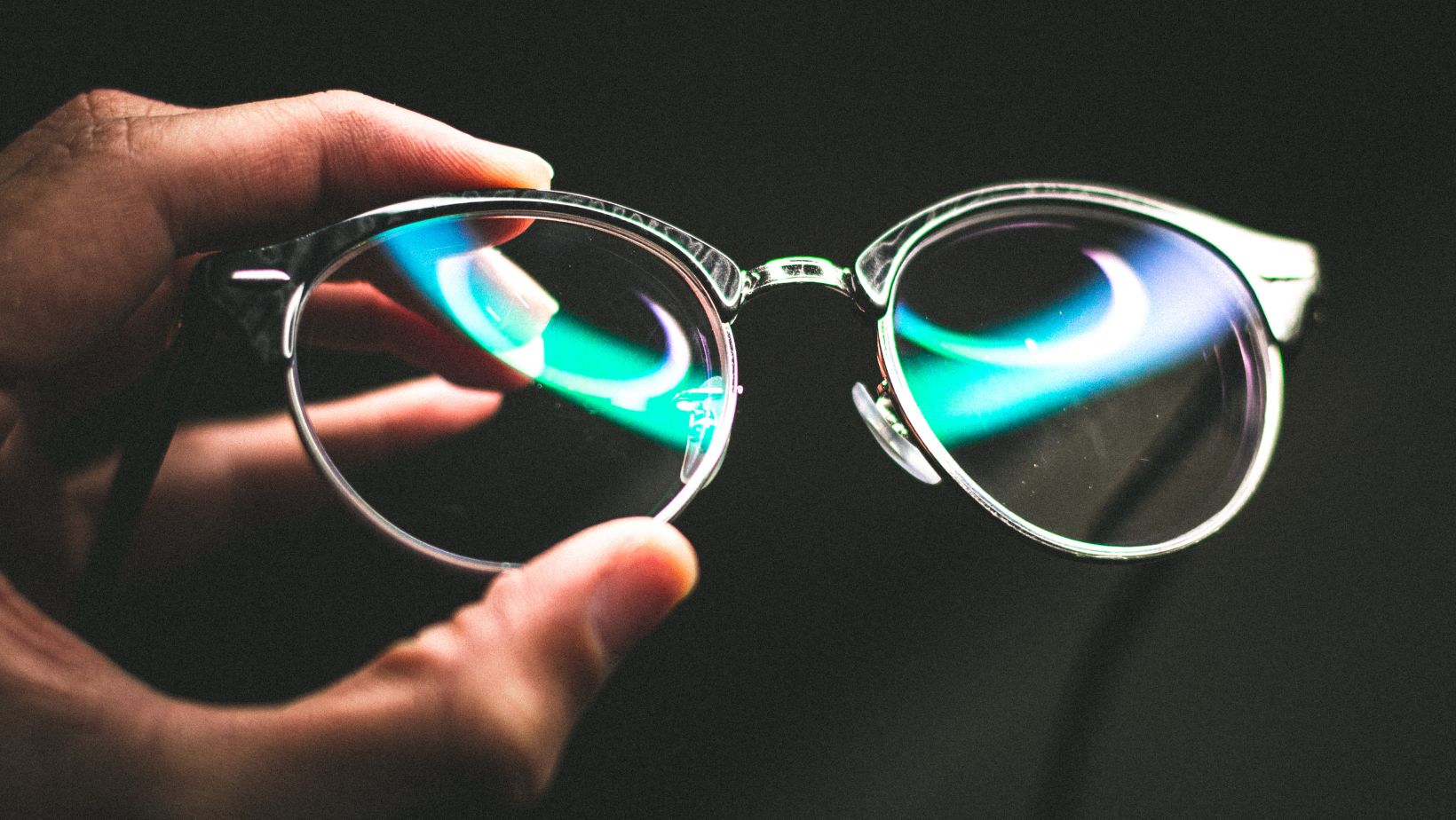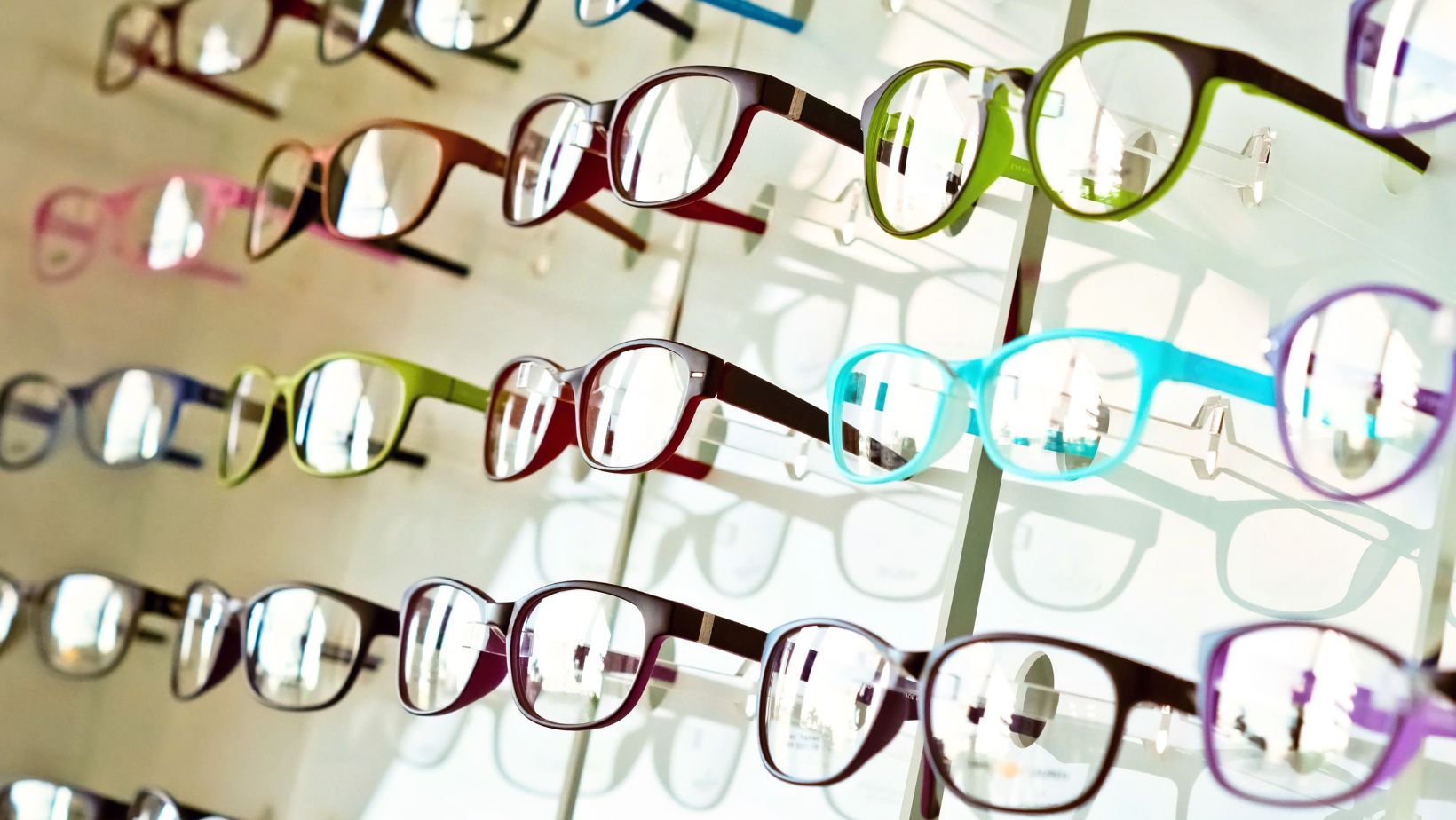
As we age, our eyesight naturally changes, making it more difficult to focus on objects at different distances. This eye condition is known as presbyopia. Earlier, those suffering from it had to switch between different pairs of glasses, to see clearly at all distances – near, distant and intermediate. Varifocal glasses now provide a convenient solution by combining all these prescriptions into a single lens. Whether you’re looking at something far away, working on a screen or reading a book, varifocal lenses adjust seamlessly, eliminating the constant need to swap glasses and see clearly.
What Are Varifocal Glasses And How Do They Work?
Varifocal glasses are specially designed lenses that offer clear and sharp vision at all distances, correcting presbyopia. Here’s how varifocal lenses are structured:
- Top of the lens: Corrects distance vision, ideal for activities such as driving, watching TV or viewing objects at a distance.
- Middle of the lens: Designed for intermediate vision, such as using a computer or doing chores at an arm’s length.
- Bottom of the lens: Helps with near vision, making close-up tasks like reading and using a smartphone easier.
This smooth progression of power means you don’t experience sudden jumps in vision, unlike with bifocal glasses, and you won’t have to carry multiple pairs of glasses for different activities.
Differences Between Varifocal, Bifocal and Single-Vision Lenses
Choosing the right type of glasses depends on your vision needs. Here’s how varifocals compare to other common lens types:
- Varifocal lenses: Ensure a seamless transition between distance, intermediate and near vision. Correct vision at all distances in a single lens. Eliminate visible dividing lines for improved aesthetics.
- Bifocal lenses: These lenses have two distinct prescription areas: one for distance vision and one for near vision. They feature a visible dividing line, which can make switching between distances feel abrupt. Additionally, they do not include an intermediate zone for tasks, such as computer work.
- Single-vision lenses: Correct only one type of vision, such as near, intermediate or distance. If you have issues with both near and distance vision, you’ll need separate glasses for each.

Varifocal glasses combine the benefits of all these lenses into one, making them a practical and stylish solution for everyday use.
Benefits of Varifocal Glasses
If you have presbyopia, varifocal glasses can make your life much easier. Here’s why:
1. One pair for all distances: With varifocals, you don’t need to carry multiple pairs of glasses or constantly switch between them. Whether you are driving, using your laptop, or reading a book, the same pair works for all tasks.
2. Natural vision adjustment: The seamless transition between different focal points allows your eyes to adjust more naturally compared to bifocals, which have a harsh dividing line.
3. Reduced eye strain: Constantly switching between different glasses can cause discomfort and headaches. Varifocals reduce eye strain by allowing you to focus smoothly at multiple distances.
4. Better aesthetic: Unlike bifocal glasses, which feature a visible dividing line, varifocals have a sleek, modern appearance that resembles single-vision lenses.
How to Adapt to Varifocal Lenses
Although varifocals provide great benefits, they require an adjustment period. Some people experience mild dizziness, difficulty focusing, or visual distortion when moving their head. However, these issues disappear within a few days to weeks if you follow these tips:
1. Wear them consistently: Your eyes need time to get used to the different prescription zones. Wearing your varifocals every day will help speed up the adjustment.
2. Walk with caution at first: Depth perception may feel different at first, especially when looking down. If you feel unsteady, walk carefully until you fully adjust to your new glasses.
3. Avoid switching back to old glasses: If you alternate between your old glasses and varifocals, it will take much longer to adapt. Stick with your new lenses to speed up the process.

4. Get a professional fit: Ill-fitting varifocal glasses can make adjustment harder. If you experience prolonged discomfort, visit an optician for minor adjustments to the lens positioning.
Varifocal glasses are the ideal solution for individuals who need vision correction at multiple distances. They eliminate the need for multiple pairs of glasses, providing a seamless and natural viewing experience. With consistent wear and small technical adjustments, you’ll soon enjoy clear vision at all distances without any hassle.












